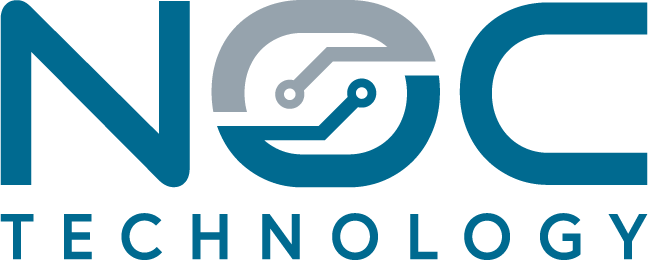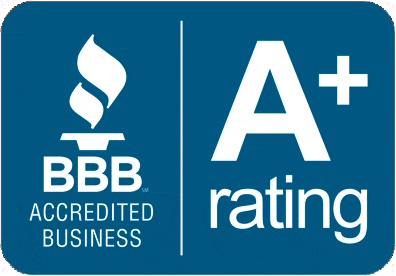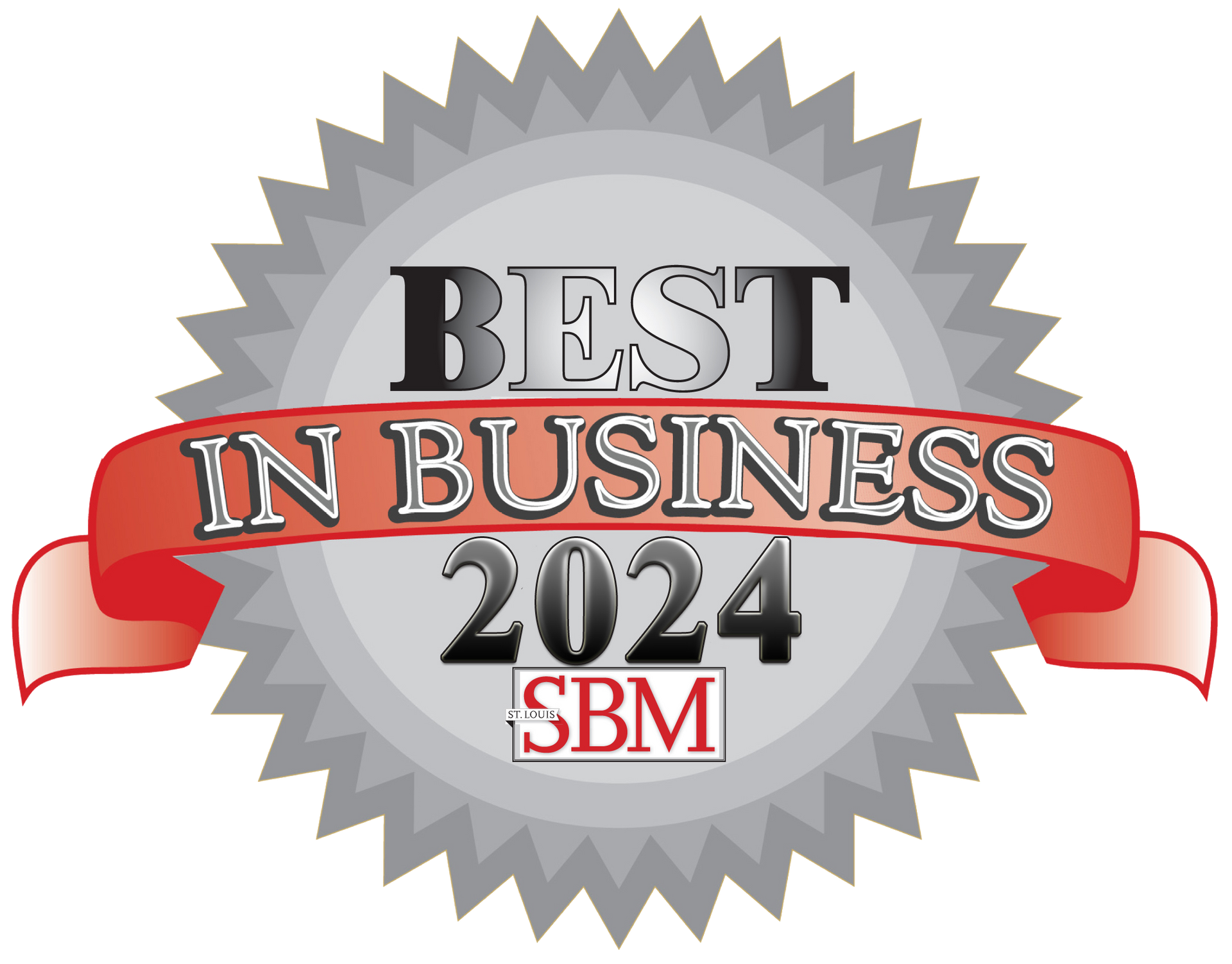How St. Louis Optometists Integrate POS with EHR Systems
by Jon Lober | NOC Technology
How Do St. Louis Optometry Practices Integrate Optical Retail Point-of-Sale with EHR Without Double Entry?
St. Louis optometry practices can eliminate 5-10 hours of weekly double entry by integrating their EHR with optical POS systems, with implementation costs ranging from $3,000-$15,000 and completion in 2-4 months. Native integrations between systems like Crystal PM and RevolutionEHR with optical POS platforms provide automatic prescription transfer, unified insurance billing, and real-time inventory.
Which Optometry EHR Systems Have Native Integration with Optical Retail POS?
Four major optometry EHR platforms offer built-in integration capabilities with optical retail POS systems, eliminating the need for custom API development or third-party middleware. The integration landscape has evolved significantly since 2022, with vendors recognizing that 85% of optometry practices operate both clinical and retail sides of the business.
| EHR System | Compatible POS | Integration Level | Monthly Cost | Setup Time |
|---|---|---|---|---|
| Crystal PM | Built-in POS Module | Full Native | $399-599 | 1-2 weeks |
| RevolutionEHR | My Frame Gallery, Frames Data | API-based | $279-479 | 2-3 weeks |
| Compulink Advantage | Integrated Optical Module | Full Native | $500-700 | 3-4 weeks |
| OfficeMate/ExamWRITER | AcuityLogic POS | Direct Sync | $325-425 | 2-3 weeks |
| MaximEyes | MIPS Retail Suite | Bi-directional | $450-650 | 3-4 weeks |
Crystal PM stands out for St. Louis practices with 1-3 locations because it includes optical retail functionality within the core EHR platform, meaning zero integration work is required. RevolutionEHR takes a different approach, offering pre-built connectors to popular frame catalog services that most optical retailers already use. Read More: How Managed IT Services Help Optometry Clinics
For practices already invested in standalone systems, middleware solutions from companies like Bridge Connector or DataLink Pro can connect incompatible platforms for $200-400 monthly, though these add complexity and potential failure points to your workflow.
How Do You Automatically Transfer Prescription Data from Exam to Frame Order?
Automatic prescription transfer happens through three primary methods: direct database synchronization, HL7 messaging, or REST API calls, with most modern integrations completing the transfer in under 2 seconds . The key is ensuring your EHR's prescription module maps correctly to your POS system's order entry fields.
Here's the typical automated workflow that eliminates manual reentry:
- Step 1: Doctor finalizes prescription in EHR exam module (includes sphere, cylinder, axis, add power, prism)
- Step 2: System triggers automatic export upon signing/locking the prescription
- Step 3: Data flows to POS system's patient record via secure API or database sync
- Step 4: Optical staff sees prescription pre-populated when creating frame/lens order
- Step 5: Any prescription modifications sync back to EHR for record accuracy
Critical integration points that St. Louis practices often overlook include PD (pupillary distance) measurements, lens material preferences, and insurance eligibility flags. These fields must map correctly between systems, or staff still end up doing partial manual entry. Most failed integrations stem from incomplete field mapping during initial setup rather than technical limitations.
Smart practices also configure automatic triggers for common scenarios: prescription expiration alerts (typically 1-2 years in Missouri), remake authorizations linking back to original exam dates, and warranty tracking that references both clinical and retail records. Real-time syncing ensures that when a patient calls about their order, any staff member can access complete information from either system. Read More: How Managed IT Services help Optometrists Keep Up with Technology
The ROI becomes clear when you calculate time savings: eliminating 3-5 minutes of double entry per patient across 20-30 daily transactions saves 5-10 hours weekly in staff time, worth $400-800 in labor costs.
What's the Cost Difference Between Integrated Systems vs. Standalone EHR and POS?
Integrated systems typically cost 15-25% more upfront but deliver positive ROI within 8-12 months through reduced labor costs, fewer billing errors, and faster patient throughput. St. Louis practices with $1.5-3 million in annual revenue see the fastest payback periods.
| Cost Category | Standalone Systems | Integrated Platform | Difference |
|---|---|---|---|
| EHR Software License | $4,200 | $6,000 | +$1,800 |
| POS Software License | $3,600 | Included | -$3,600 |
| Integration Middleware | $3,600 | $0 | -$3,600 |
| IT Support Hours | $7,200 | $4,800 | -$2,400 |
| Training Costs | $2,500 | $1,500 | -$1,000 |
| Data Entry Labor (est.) | $20,800 | $2,600 | -$18,200 |
| Annual Total | $41,900 | $14,900 | -$27,000 |
The hidden costs of running separate systems extend beyond software fees. Database synchronization issues between standalone systems create inventory discrepancies averaging $3,000-5,000 annually in write-offs. Billing errors from mismatched patient records result in claim denials that take 15-20 minutes each to resolve, adding up to 40-60 hours yearly in administrative overhead.
Implementation costs vary based on data migration complexity. Practices with clean data in modern systems pay $3,000-5,000 for integration setup, while those migrating from legacy systems or paper records face $8,000-15,000 in conversion costs. Most St. Louis practices can leverage Missouri Technology Corporation tax credits to offset 25-40% of implementation expenses. Read More: A Cost-Conscious Guide to Outsourcing IT Services in Saint Louis
Monthly operational savings from integrated systems include: $800-1,200 in reduced staff overtime, $200-400 in fewer billing corrections, and $150-250 from improved inventory accuracy. These savings compound when you factor in faster patient checkout (reducing wait times by 3-5 minutes) leading to improved satisfaction scores and increased optical capture rates.
How Do You Handle Insurance Claims That Span Clinical Exams and Retail Optical?
Coordinating insurance claims across clinical and optical requires careful benefit segregation and automated eligibility checking, with integrated systems reducing claim denial rates by 30-40% compared to manual coordination. The complexity stems from different benefit structures: medical insurance covers eye health exams while vision plans handle routine exams and materials.
Modern integrated platforms handle this complexity through unified benefit verification:
- Real-time eligibility checks query both medical and vision benefits simultaneously
- Benefit allocation logic automatically splits charges between appropriate payers
- Coordination of benefits (COB) rules apply when patients have multiple coverages
- Frequency limitations track exam and material benefits across calendar years
- Prior authorization requirements flag before services are rendered
VSP, EyeMed, and Davis Vision—the three largest vision insurers in Missouri—each have different submission requirements. VSP requires separate claim forms for exams versus materials, while EyeMed allows bundled submissions. Integrated systems automatically format claims according to each payer's specifications, eliminating rejected claims due to formatting errors that plague 15-20% of manually submitted claims.
The financial impact is substantial: proper coordination increases overall reimbursement rates by 8-12% through accurate coding and reduced timely filing violations. St. Louis practices report that integrated claiming saves 2-3 hours daily in administrative time, worth approximately $30,000 annually in labor costs. Automated systems also flag common issues like expired authorizations or exceeded benefit limits before services are provided, preventing $5,000-8,000 in annual write-offs. Read More: Navigating Missouri and Federal Cybersecurity Regulations
Best practice workflows include setting up automatic benefit checks at appointment scheduling, pre-visit verification 48 hours before appointments, and real-time adjudication for materials benefits during frame selection. This proactive approach reduces patient surprises and increases optical capture rates by 15-25%.
Can You Integrate Lab Ordering Systems with Your EHR and POS for Seamless Workflow?
Yes, modern optometry practices can create a three-way integration between EHR, POS, and lab management systems, reducing order errors by 75% and cutting remake rates from 4-6% down to 1-2%. This triple integration represents the gold standard for efficient optical operations.
The integration architecture connects through these touchpoints:
- VisionWeb or OptiPort for electronic lab ordering directly from POS
- Frames Data integration for accurate frame measurements and availability
- Lab status APIs providing real-time job tracking and completion updates
- Automated remake requests linking to original prescriptions and warranty terms
- Direct invoicing into practice management for accurate cost accounting
Major lens laboratories including Essilor, HOYA, and Zeiss offer API access for St. Louis practices, enabling direct transmission of prescription data, lens specifications, and custom parameters without manual entry. Orders placed before 2 PM typically receive confirmation within 30 minutes and shipping notifications within 24-48 hours for stock lenses or 5-7 days for digital progressives.
| Metric | Before Integration | After Integration | Improvement |
|---|---|---|---|
| Order Entry Time | 8-10 minutes | 2-3 minutes | 70% reduction |
| Transcription Errors | 4-6% | 0.5-1% | 80% reduction |
| Remake Rate | 5-6% | 1-2% | 67% reduction |
| Job Status Calls | 15-20 daily | 2-3 daily | 85% reduction |
| Invoice Processing | 45 min/day | 10 min/day | 78% reduction |
The financial benefits extend beyond time savings. Reduced remakes save $150-250 per avoided error , automated status tracking eliminates 80% of "where's my order" calls, and electronic invoicing reduces accounting discrepancies by $2,000-3,000 annually. Implementation typically requires 2-3 weeks of setup plus 1 week of parallel running to ensure accuracy. Read More: Managed IT Services in St. Louis
Critical success factors include maintaining accurate frame board inventory in your POS, establishing clear remake criteria that map to lab warranty terms, and training staff on exception handling when automation fails. Most practices achieve full ROI within 6-8 months through the combination of labor savings and error reduction.
What Are the HIPAA Compliance Considerations for Integrated Optometry Systems?
Integrated EHR-POS systems must maintain HIPAA compliance across all data touchpoints, with penalties for violations ranging from $100 to $2 million per incident depending on severity and negligence level. The challenge intensifies when prescription data flows between clinical, retail, and lab systems.
Key compliance requirements for integrated systems include:
- End-to-end encryption for data in transit between EHR and POS (minimum AES 256-bit)
- Role-based access controls separating clinical from retail staff permissions
- Audit logs tracking all prescription access and modifications across systems
- Business Associate Agreements (BAAs) with all vendors touching PHI
- Data retention policies meeting Missouri's 7-year requirement for patient records
St. Louis practices face additional Missouri state requirements including breach notification within 60 days to affected patients and maintaining cyber liability insurance of at least $1 million. Integrated systems actually simplify compliance by reducing the number of systems storing PHI and centralizing audit capabilities. Single sign-on (SSO) reduces password fatigue while improving security through multi-factor authentication.
Common compliance gaps in poorly integrated systems include: unencrypted data exports to Excel for frame orders, prescription printouts left at optical desks, and shared logins between retail staff. Each represents a potential breach requiring costly notification procedures averaging $15,000-25,000 per incident in Missouri. Read MORE: IT Legislation and Compliance
Best practices for maintaining compliance include quarterly security audits ($500-1,000 each), annual HIPAA training for all staff ($50-75 per employee), and maintaining separate network segments for clinical versus retail operations. Practices should also implement automatic logoff after 10 minutes of inactivity and require password changes every 90 days. The total annual cost of compliance for an integrated system runs $8,000-12,000 , compared to $15,000-20,000 for maintaining multiple standalone systems.
What Implementation Timeline Should St. Louis Practices Expect?
A complete EHR-POS integration project typically takes 2-4 months from contract signing to full production use, with practices seeing partial benefits within 3-4 weeks as modules come online. The timeline varies based on data migration complexity and staff training requirements.
Here's the typical implementation phases for a St. Louis optometry practice:
- Weeks 1-2: System assessment, data audit, and integration planning ($2,000-3,000)
- Weeks 3-4: Software installation, network configuration, security setup
- Weeks 5-6: Data migration from legacy systems, field mapping configuration
- Weeks 7-8: Staff training on integrated workflows (16-24 hours total)
- Weeks 9-10: Parallel run with old systems, issue resolution
- Weeks 11-12: Go-live, intensive support period
- Weeks 13-16: Optimization, advanced feature activation
Critical success factors include appointing a dedicated project manager (0.25 FTE for duration), scheduling training during slower periods, and maintaining backup systems during transition. Practices that rush implementation without proper planning experience 3x higher failure rates and often spend an additional $10,000-15,000 on remediation.
The most time-consuming phase is typically data migration, especially for practices with 5+ years of patient history. Clean data migration requires 40-60 hours of preparation including deduplication, standardizing naming conventions, and validating insurance information. Practices can reduce timeline by 2-3 weeks by pre-cleaning data before implementation begins.
St. Louis practices should plan implementation during slower periods (typically February-March or August-September) to minimize disruption. Budget $15,000-25,000 for complete implementation including software, services, and training. Most vendors offer phased payment plans with 30% upfront, 40% at go-live, and 30% after 30 days of successful operation. Post-implementation support typically runs $500-800 monthly for the first year, dropping to $300-500 for ongoing maintenance. Read More: IT Services in St. Louis, MO
Next Steps for Your Practice
Start by auditing your current workflow to identify specific pain points and calculate actual time spent on double entry; most practices underestimate this by 40-50%. Document your existing systems, versions, and any customizations that might affect integration. Request demonstrations from 2-3 integrated platform vendors, focusing on your specific use cases rather than generic features.
Create a realistic budget that includes not just software costs but implementation, training, and 6 months of elevated support. Consider scheduling implementation for your slowest quarter to minimize disruption. Before committing, verify that your chosen solution has successful implementations at practices of similar size in the St. Louis market.
About NOC Technology: We specialize in healthcare IT integration for St. Louis medical practices, with deep expertise in connecting clinical and administrative systems. Our team has completed many successful EHR implementations for local healthcare providers, understanding both the technical and compliance requirements specific to Missouri practices.




